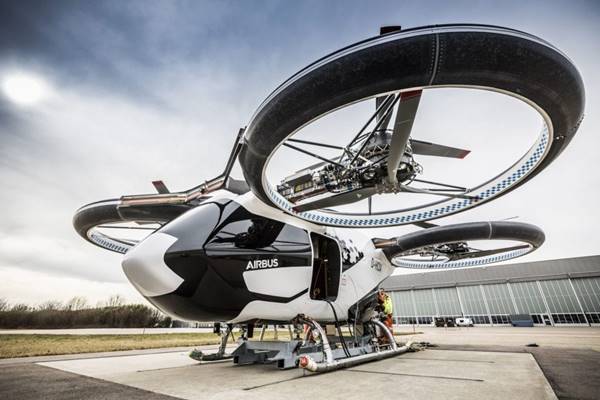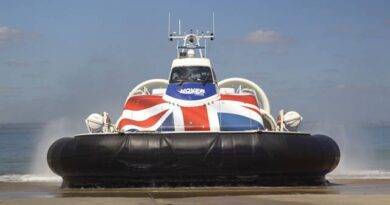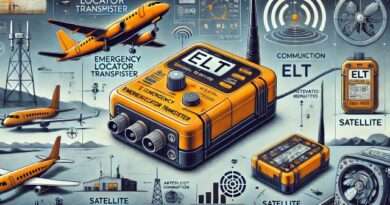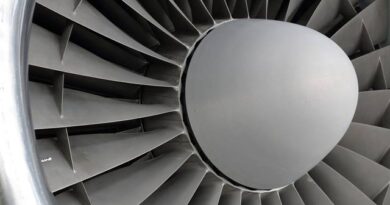What is Air Taxi Station? where and how should it be built?
Air taxis are quickly becoming a reality in the transportation industry, offering a new way for people to travel within urban areas. With the rise of this technology, the need for air taxi stations has emerged. In this article, we’ll discuss what an air taxi station is, where it should be built, and how it should be constructed.
What is an Air Taxi Station?
An air taxi station is a designated location where air taxis can take off and land. These stations can be located in various locations such as rooftops, helipads, or even on the ground. The main goal of an air taxi station is to provide a safe and convenient location for air taxis to operate, allowing passengers to easily board and disembark from their flights.

Where Should an Air Taxi Station be Built?
Air taxi stations should be built in locations that are easily accessible and convenient for passengers. Ideally, they should be located in urban areas where there is a high demand for transportation services. Additionally, air taxi stations should be built in locations where noise and air pollution will not be a major concern for local residents.
Some potential locations for air taxi stations include:
Rooftops: Rooftops are a popular location for air taxi stations as they provide a large enough space for the station without taking up valuable ground space. Additionally, rooftop stations can be located on top of buildings that are already in use, making it easier to integrate them into existing infrastructure.
Helipads: Helipads are another common location for air taxi stations. They are often located in central areas of cities and are designed specifically for helicopters to take off and land. Helipads can be easily repurposed for air taxi stations, making them an ideal choice for many cities.
Ground-level locations: Ground-level locations can also be used for air taxi stations. These can be located in parks, parking lots, or other open spaces that are easily accessible for passengers.
How Should an Air Taxi Station be Built?
When designing an air taxi station, safety should be the top priority. The station should be designed to accommodate the needs of air taxi operators and passengers, while also ensuring that the station is safe and secure.
Some important considerations when building an air taxi station include:
Landing pad design: The landing pad should be designed to accommodate the size and weight of the air taxis that will be using it. The landing pad should also be designed to allow for safe takeoff and landing.
Passenger facilities: Air taxi stations should have facilities for passengers, including waiting areas, restrooms, and possibly even food and beverage options.
Security measures: Security should be a top priority when building an air taxi station. This can include measures such as access control systems, CCTV cameras, and perimeter fencing.
Conclusion
Air taxis are quickly becoming a reality, and the need for air taxi stations is becoming increasingly important. These stations should be located in convenient locations that are easily accessible for passengers, and they should be designed with safety as the top priority. With the right planning and construction, air taxi stations can provide a safe and efficient mode of transportation for urban areas.
References:
- “Air Taxis and Urban Mobility: A Roadmap for Policy Makers.” World Economic Forum, 2018, https://www.weforum.org/reports/air-taxis-and-urban-mobility-a-roadmap-for-policy-makers.
- “Air Taxi Operations: Developing Heliports for Urban Air Mobility.” Federal Aviation Administration, 2019, https://www.faa.gov/news/fact_sheets/news_story.cfm?newsId=24874.
- “Urban Air Mobility: The Future of Transport.” Deloitte, 2020, https://www2.deloitte.com/content/dam/Deloitte/global/Documents/E
- www.aviationfile.com


